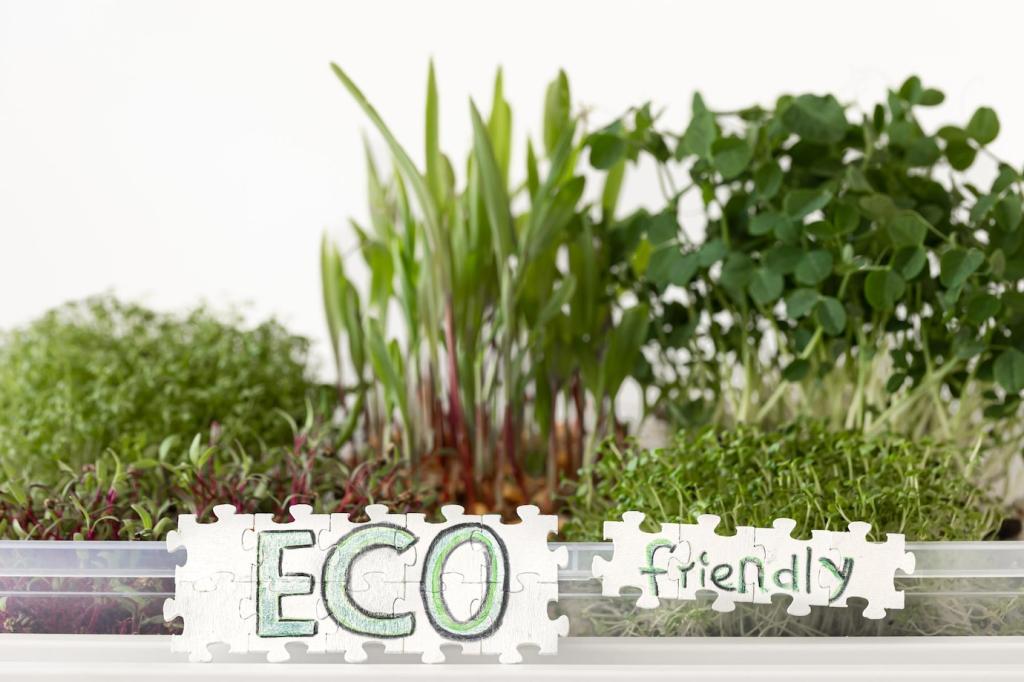The Health Science Behind Non-Toxic Paints and Sealants
Volatile organic compounds migrate into indoor air during application and curing, and can linger afterward. Sensitive groups—children, pregnant people, and those with asthma or allergies—often notice headaches or irritation first. Choosing non-toxic, low-VOC, or zero-VOC options reduces exposure, shortens the “paint smell” window, and helps you reclaim clean air sooner.
The Health Science Behind Non-Toxic Paints and Sealants
Trustworthy third-party certifications like GREENGUARD Gold, Green Seal, and Cradle to Cradle evaluate emissions and ingredients, not just marketing claims. When comparing non-toxic paints and sealants, look for clear VOC disclosures in grams per liter, ingredient transparency, and emissions testing. Share your favorite certified brands in the comments to help other readers decide.








